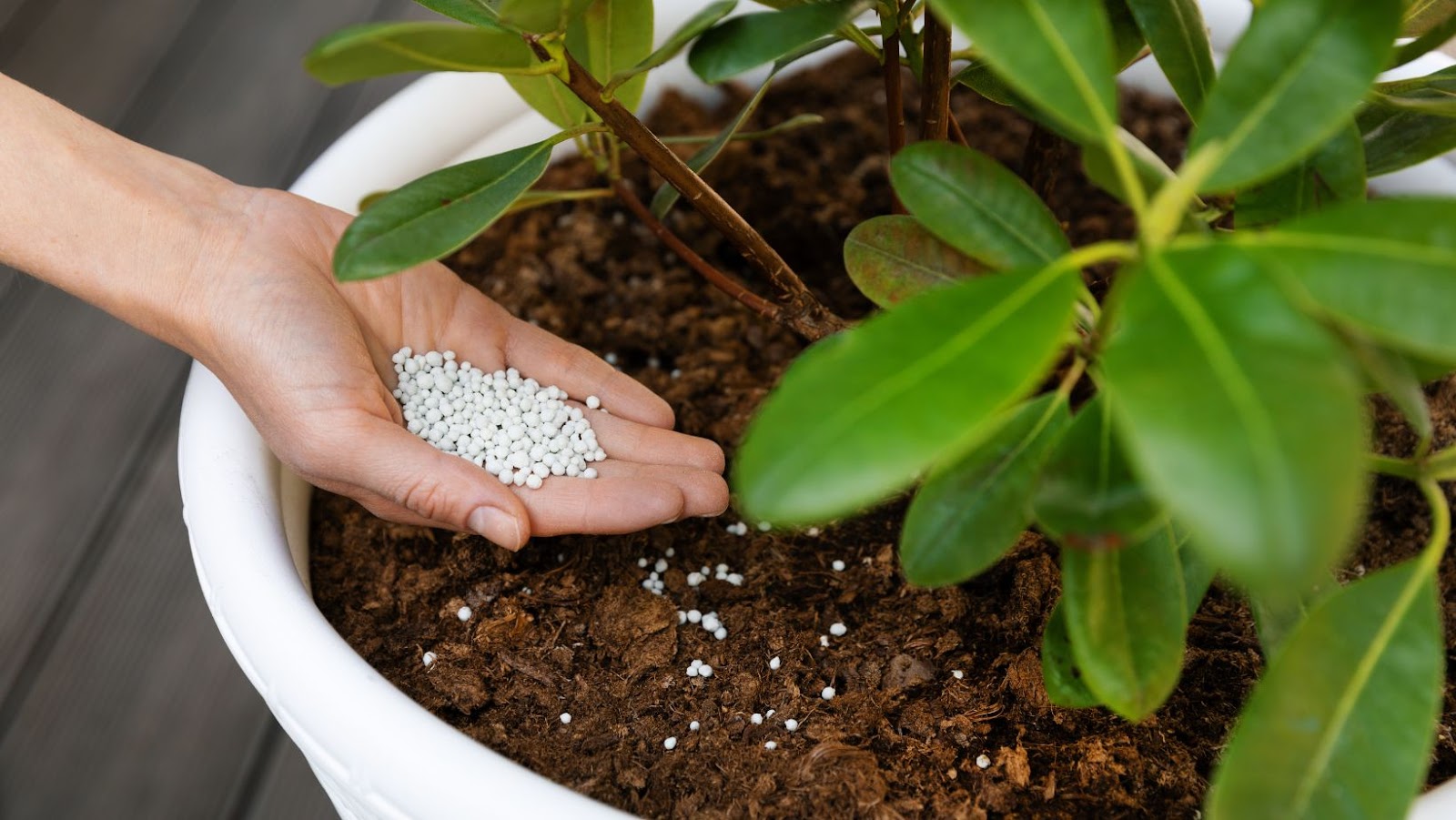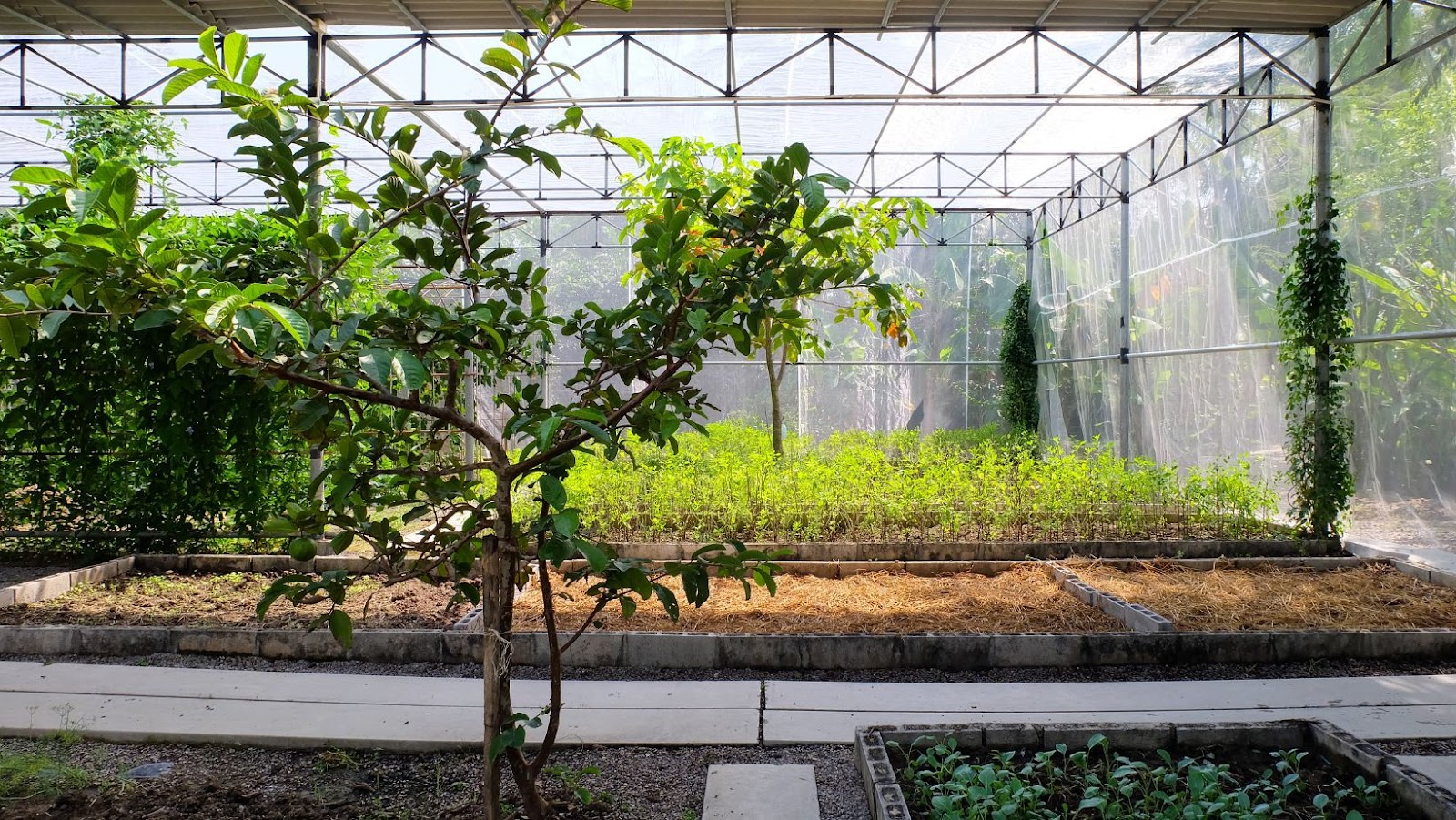Plants require water, sunlight, growing space, the right temperature, and nutrients to reach their potential. The way to provide them with the nutrients they need is by introducing fertilizers. Advanced Nutrients Founder and CEO Mike Straumietis says that traditional fertilizer application methods can be wasteful. In addition, excess fertilizer may harm the environment when it reaches other parts of the ecosystem.
Fertigation is a portmanteau of fertilizer and irrigation, combining the two to create an efficient means of supplying plants with the required nutrients. Through fertigation, fertilizers are injected into the irrigation system through soil amendments, water amendments, or other water-soluble products. Fertigation technologies have been used for several decades. They have proven to be popular among growers, farmers, and other agriculture professionals who seek sustainability and streamline the process involved in cultivating plants. Fertigation has specific advantages over other fertilizer applications, such as broadcast and placement methods.
In this blog post, Mike Straumietis looks at some of the benefits of fertigation.
Benefit #1: Nutrient Supply and Crop Requirement Synchronicity
Fertigation has proven effective in enhancing nutrient use efficiency by synchronizing nutrient supply with crop demand. In conventional fertilization practices, granular fertilizers are typically applied once or a few times during the growing season. Mike Straumietis explains that fertigation allows farmers to regularly provide the plants with the appropriate amount of nutrients.
A recent study was conducted comparing fertigation and granular fertilization of strawberries. It was found that fruit yield and plant biomass were significantly higher in the group where fertigation was applied. Fertigation proved more beneficial because the required nutrients were delivered more uniformly to the root zone as the crop required.
Benefit #2: Decreased Groundwater Contamination
A drawback of using traditional fertilization methods is the possible waste of nutrients. Plants can only absorb so much, and the excess nutrients can leach into the ground, especially during heavy rainfall or similar weather occurrences, and contaminate groundwater.

With fertigation, nutrients are fed directly to the roots, creating an efficient nutrient management plan more feasible. As a result, growers can minimize fertilizer use, which reduces the number of nutrients that are washed off.
Benefit #3: Water Conservation
Another benefit of fertigation is that it reduces the amount of water consumed when supplying plants with the nutrition they need. Using fertigation technology means implementing an irrigation system to deliver water to plants.
Irrigation methods have helped farmers save water. One of the most efficient irrigation systems is drip irrigation; studies have shown that it typically utilizes less than half of the water needed for overhead and furrow irrigation.
The need for less water in fertigation systems can provide various benefits for growers besides financial savings.
Mike Straumietis emphasizes that fertigation has proven to be effective in farms that experience water scarcity due to arid climates. Drip irrigation can lower water input by up to 70 percent compared to when an average sprinkler is used. Water-use efficiency can also bring other advantages to the table, such as reducing the chances of plants contracting diseases. Water contact with above-ground crop growth, like fruits, leaves, and stems, is minimized, and the conditions where diseases can breed are less favorable. The direct application of irrigation water to the crop zone instead of the entire field can additionally suppress plant pressure between crop rows.
Benefit #4: Reduced Labor Time
A majority of fertigation systems are managed or operated by automated controls and designed to disburse nutrients through various pieces of machinery. The reduced need for manual labor can help growers save time and energy. For example, a 2018 study on sugarcane growth illustrated an increase in the benefit-to-cost ratio due to fertigation decreasing labor time.

It can also improve a farmer’s bottom line because split fertilizer applications that utilize conventional feeding methods are usually costly. Fertigation can help minimize the labor costs associated with the traditional ways of providing crops with fertilizer.
In addition, Mike Straumietis notes that supplying nutrients to the soil during the plants’ late-growth stages usually requires heavy farm equipment and can inadvertently lead to crop injury.




























































